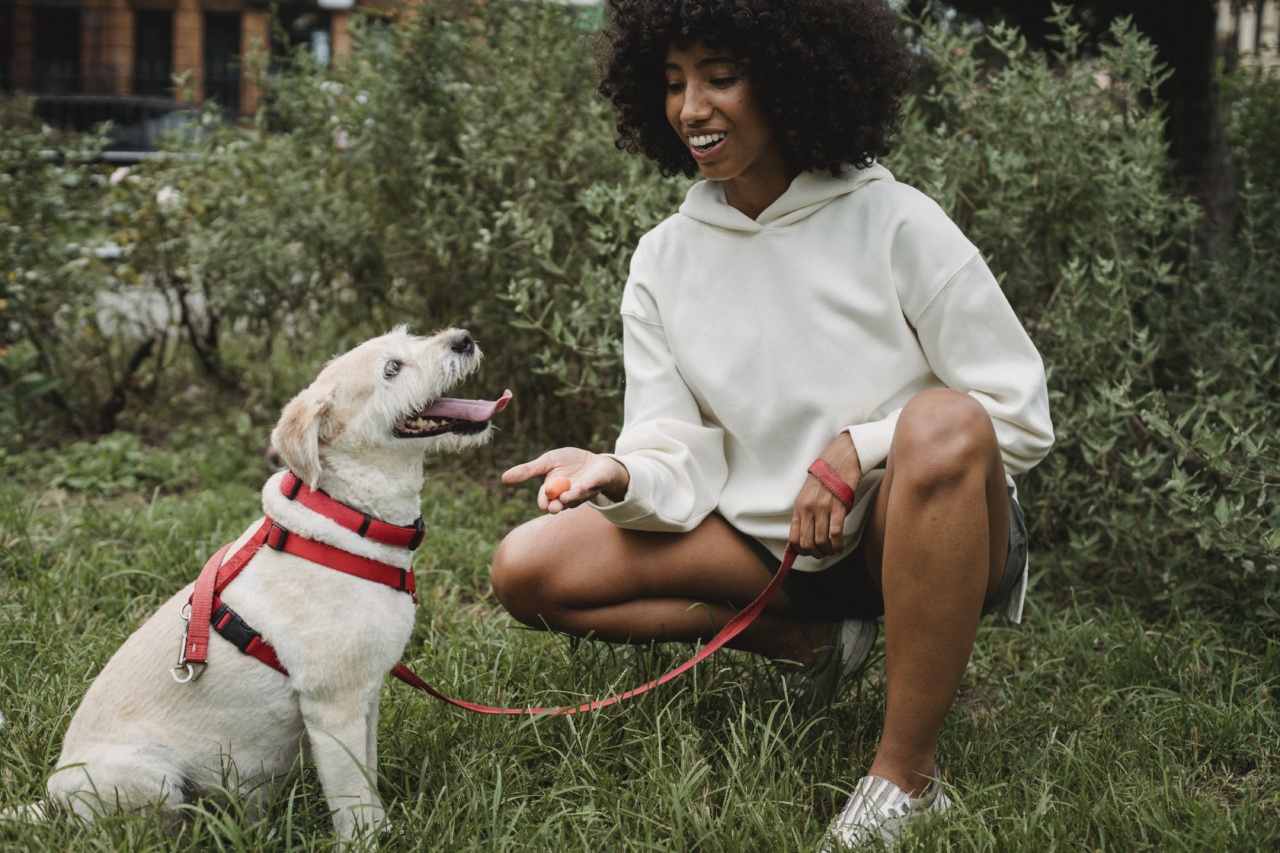Dogs are known for their loyalty and protective nature. While it is important for dogs to exhibit a certain level of protectiveness, some dogs may display an overprotective behavior that can become problematic.
Overprotective dogs tend to react aggressively towards perceived threats, which can make it challenging for owners to manage their behavior and maintain a peaceful environment. However, with the right training techniques and consistent efforts, it is possible to help an overprotective dog become less aggressive and more balanced.
In this article, we will discuss effective strategies to train an overprotective dog not to be too aggressive.
1. Recognize the Triggers
The first step towards training an overprotective dog is to identify the triggers that cause their aggression. These triggers could vary from the presence of strangers or unfamiliar dogs to unexpected changes in their environment.
Pay close attention to your dog’s body language and behavior to pinpoint the specific situations or stimuli that provoke their aggression.
2. Socialize Your Dog
Socialization is crucial in helping an overprotective dog become more comfortable and less aggressive. Gradually expose your dog to different people, animals, and environments, starting with controlled settings.
Use positive reinforcement techniques to reward calm behavior and gradually increase the level of exposure. Over time, this will help your dog build confidence and learn to remain calm in various social situations.
3. Manage Your Dog’s Environment
Creating a safe and controlled environment is essential when training an overprotective dog. Implement management strategies such as using baby gates or crates to limit their access to certain areas of the house.
This helps prevent situations that may trigger their aggression, allowing you to focus on training without risk of escalation.
4. Teach Basic Obedience Commands
Training your overprotective dog in basic obedience commands like sit, stay, and come is a fundamental step towards managing their aggression.
These commands establish you as the leader and allow you to redirect their attention and behavior when they become reactive. Consistent practice and positive reinforcement will help your dog understand what is expected of them and promote better control over their impulses.
5. Use Counterconditioning Techniques
Counterconditioning is a valuable technique to change your dog’s emotional response to triggers that elicit aggression.
Gradually expose your dog to the trigger at a distance where they remain calm, and reward them with treats and praise for their relaxed behavior. As your dog becomes more comfortable, gradually decrease the distance between them and the trigger. With time, your dog will associate positive experiences and rewards with the previously feared stimuli, thereby reducing their aggressive responses.
6. Seek Professional Help
If you find it challenging to train your overprotective dog on your own, seeking professional help from a dog trainer or animal behaviorist is highly recommended.
These experts have experience in dealing with aggressive behavior and can tailor a training plan specific to your dog’s needs. They will guide you through the process, provide valuable insights, and ensure the safety and well-being of both you and your dog.
7. Avoid Punishment-based Training
Using punishment or harsh training methods can worsen aggression in an overprotective dog. Not only does it increase fear and anxiety, but it can also damage the trust between you and your dog.
Instead, focus on positive reinforcement techniques, rewarding calm and non-aggressive behavior. This approach builds a stronger bond based on trust and understanding.
8. Provide Mental and Physical Stimulation
Excessive energy and boredom can contribute to overprotective behaviors in dogs. Ensure your dog receives an adequate amount of physical exercise and mental stimulation daily.
Engage them in activities such as interactive toys, puzzle games, and obedience training sessions. A tired and mentally stimulated dog is more likely to exhibit calmer behavior and be less prone to aggression.
9. Consistency is Key
Consistency is crucial throughout the training process. Establish a consistent routine for your dog’s exercise, feeding, training, and socialization.
Consistent expectations, rewards, and consequences will help your dog understand what is acceptable behavior and what is not. Additionally, ensure all family members and other people in contact with your dog follow the same training approach, so as not to confuse or undermine the progress made.
10. Practice Patience and Understanding
Training an overprotective dog takes time and patience. It is essential to remain calm, composed, and understanding during the training process. Recognize that your dog’s behavior is a result of their protective instincts and past experiences.
Trust the training process and celebrate small victories along the way. With dedication and a positive mindset, you can help your overprotective dog become less aggressive and more well-adjusted.





























